Islands serve as nature’s laboratories, where isolation creates unique evolutionary
paths that often result in extraordinary creatures found nowhere else on Earth.
These living laboratories showcase the power of adaptation, where animals have
evolved distinct characteristics to thrive in their specific island environments.
From giant flightless birds to miniature primates, these 16 islands harbor some of our
planet’s most fascinating endemic species, each telling a remarkable story of survival
and adaptation.
Socotra, Yemen
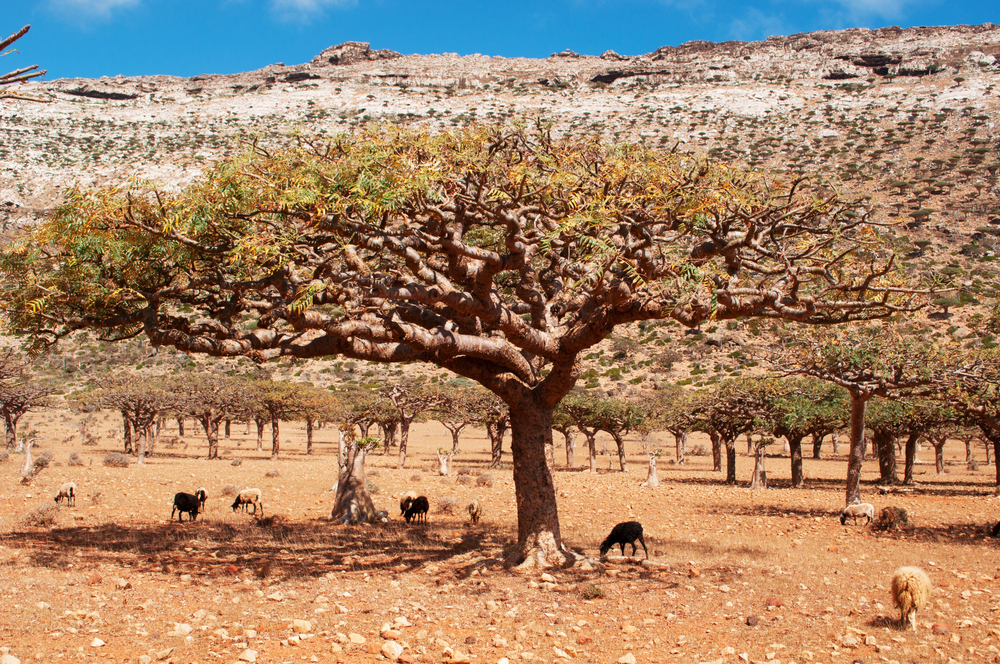
This ancient island harbors the iconic Dragon Blood Tree, which looks like something
from a science fiction film, alongside the equally bizarre Bottle Tree. Nearly one-third
of the plant species on Socotra exist nowhere else on Earth, while unique species of
birds and reptiles roam this alien landscape.
The island’s isolation in the Arabian Sea has created an ecosystem so unique that scientists often refer to it as the ‘Galapagos of the Indian Ocean.’
Komodo Island, Indonesia
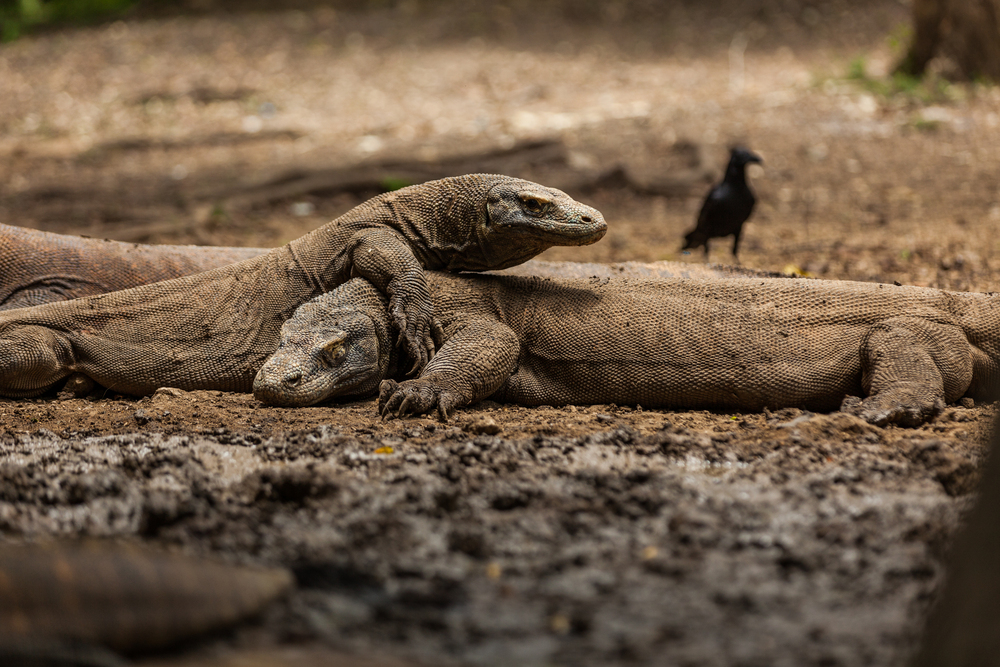
Home to the world’s largest lizard, the Komodo dragon, this rugged island maintains
a prehistoric atmosphere where these ancient predators still rule. The dragons here
can grow to over 10 feet in length and have developed a complex hunting strategy
that relies on bacteria-laden saliva to weaken their prey.
Female dragons can reproduce without males through a process called parthenogenesis, making them even more remarkable.
Like Travel Pug’s content? Follow us on MSN.
Madagascar
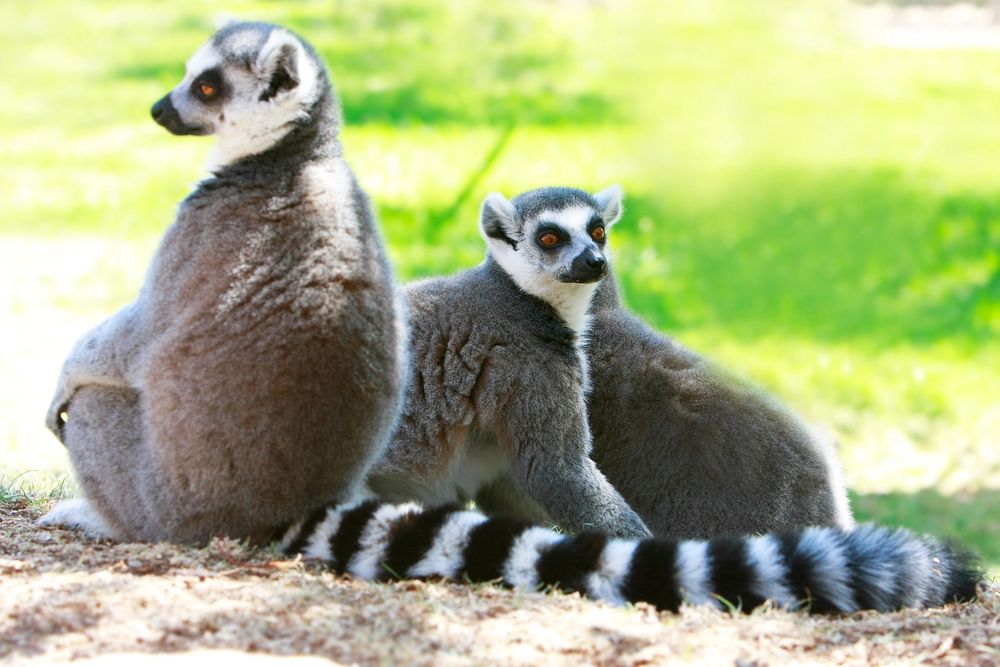
This massive island nation hosts an astounding array of unique wildlife, including
over 100 species of lemurs found nowhere else on Earth. The island’s most striking
resident is the aye-aye, a nocturnal primate with a specialized long middle finger
used to extract grubs from trees.
Local guides can help you spot the critically endangered indri, whose haunting songs echo through the rainforest at dawn.
Kangaroo Island, Australia
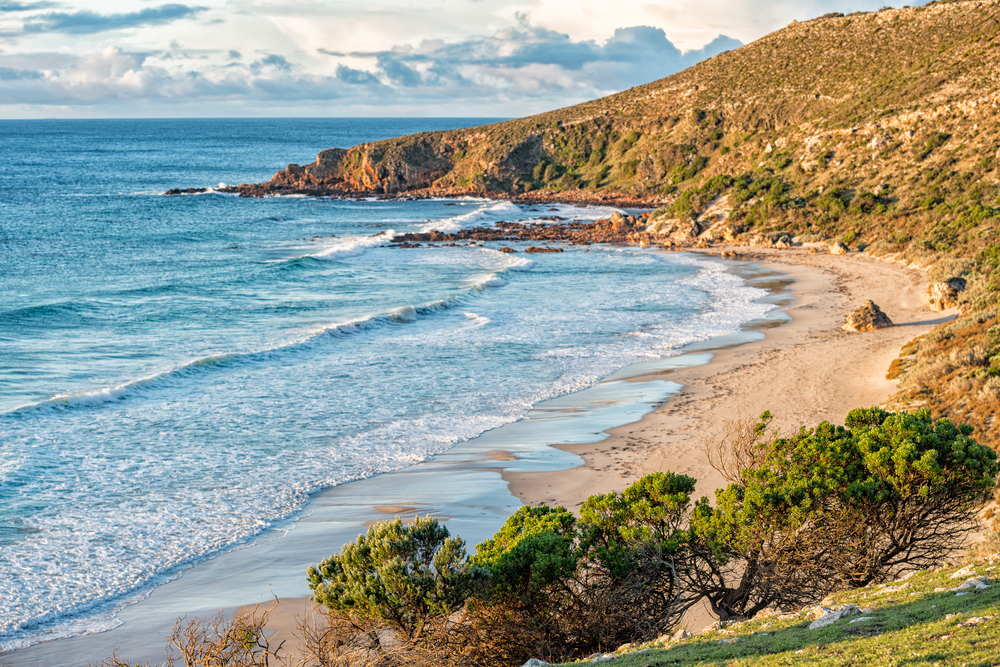
Despite its name, this island’s most unique resident is the Kangaroo Island dunnart,
a tiny marsupial found nowhere else in the world. The island hosts its own
subspecies of echidna, which has evolved to be larger than its mainland cousins.
Local wildlife guides can show you the unique honey-producing Ligurian bees, the
world’s only pure population of these insects.
New Caledonia
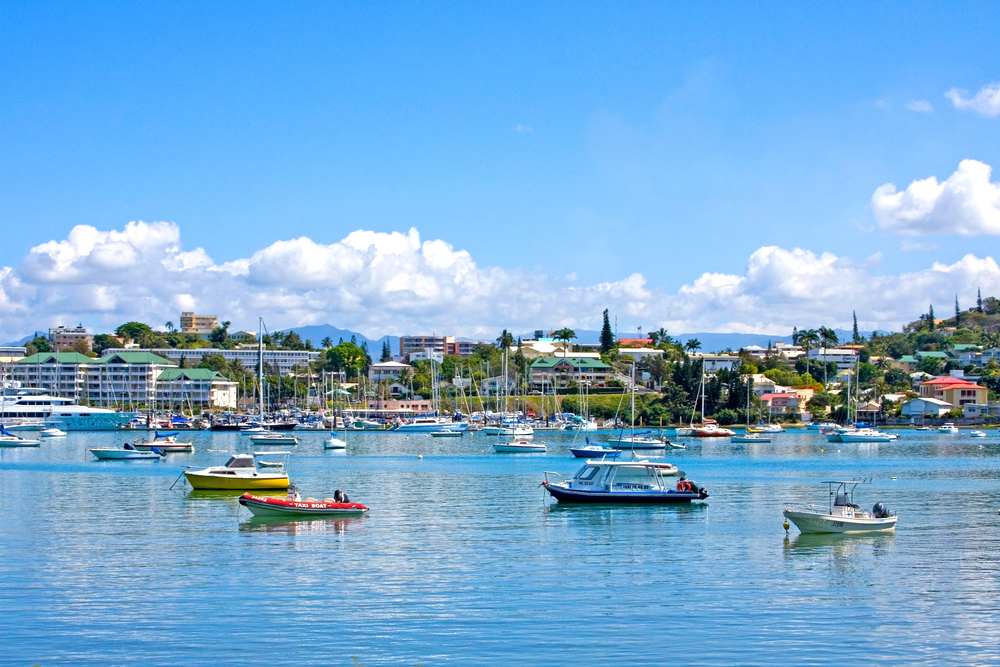
This Pacific island hosts the kagu, a nearly flightless bird that barks like a dog and is
nicknamed the ‘ghost of the forest.’ The island’s forests harbor the world’s largest
pigeon, the New Caledonian Imperial Pigeon, alongside unique species of geckos
that glow under ultraviolet light.
Local conservation areas protect the incredible crow, a tool-using bird that crafts hooks to catch its prey.
Like Travel Pug’s content? Follow us on MSN.
Falkland Islands
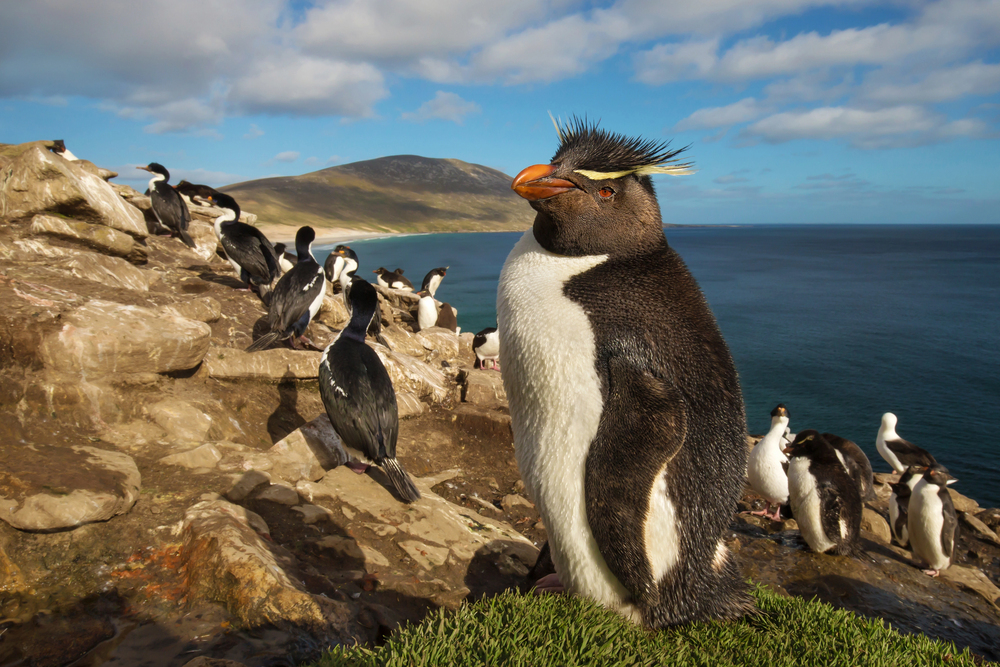
Five species of penguin breed on these remote islands, including the largest gentoo
penguin colony in the world. The islands host their own subspecies of wolf spider,
which has evolved to be significantly larger than its mainland relatives.
Local naturalists can guide you to see the endemic Falkland steamer duck, a flightless bird that uses its wings to ‘steam’ through the water.
Mauritius
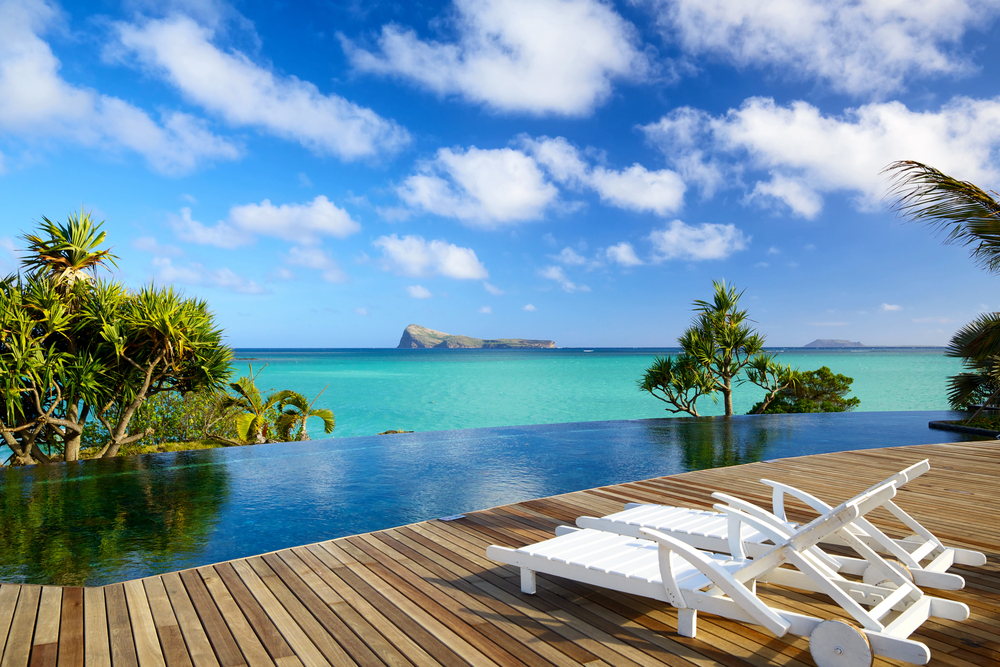
Though the dodo is long gone, this island still hosts unique species like the Echo
parakeet, found nowhere else on Earth. The island’s forests harbor the incredibly
rare pink pigeon, which has been brought back from the brink of extinction through
intensive conservation efforts.
Local guides can help you spot the Mauritius kestrel, once the world’s rarest bird, now making a remarkable recovery.
Iriomote, Japan
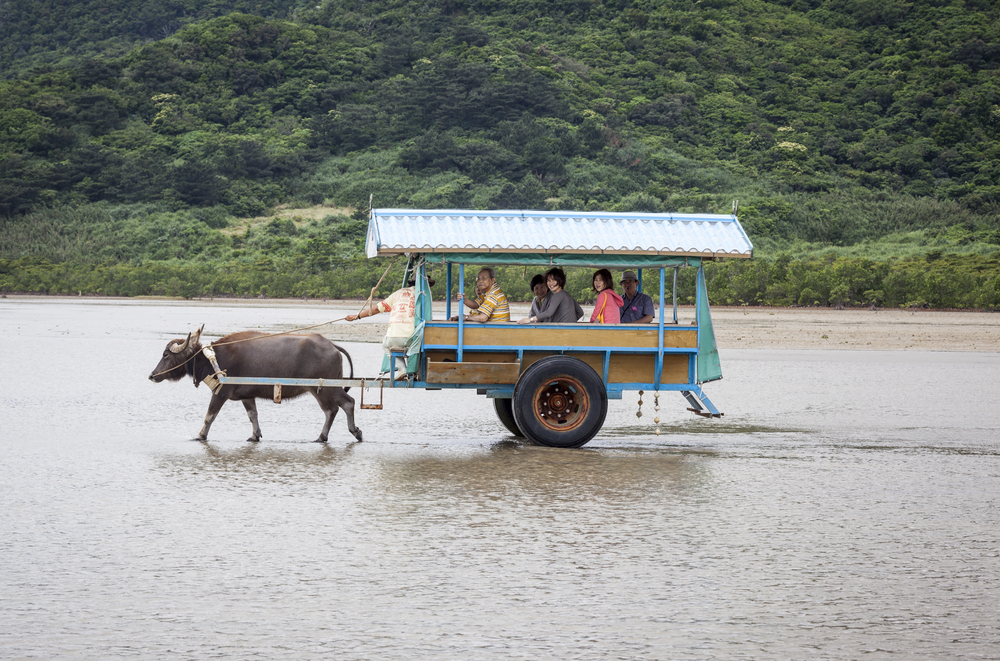
This tiny Japanese island is home to the Iriomote cat, one of the rarest wildcats in
the world, with only about 100 individuals remaining. The island’s mangrove forests
protect unique species of crabs that climb trees to escape predators.
Local researchers study the endemic Iriomote snake, which has evolved to hunt in both
trees and water.
Like Travel Pug’s content? Follow us on MSN.
Sri Lanka
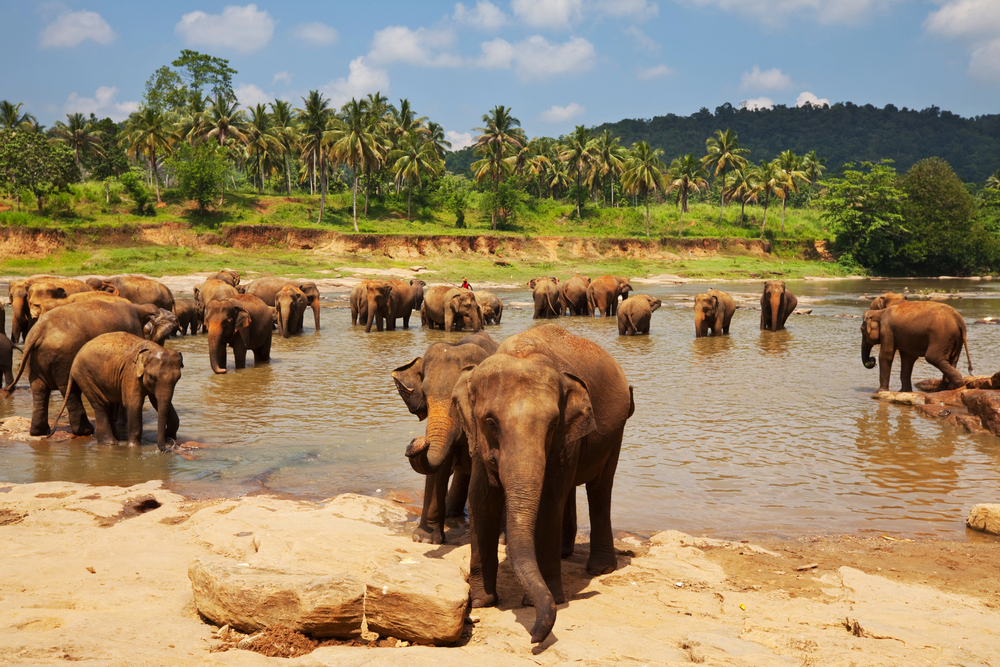
The island hosts purple-faced langurs, which have evolved distinct facial markings
and behaviors found nowhere else. Sri Lankan leopards have developed unique
hunting patterns to adapt to the island’s dense jungle environment.
Local wildlife guides can help you spot the incredibly rare red slender loris, a tiny nocturnal primate with enormous eyes.
Lord Howe Island, Australia
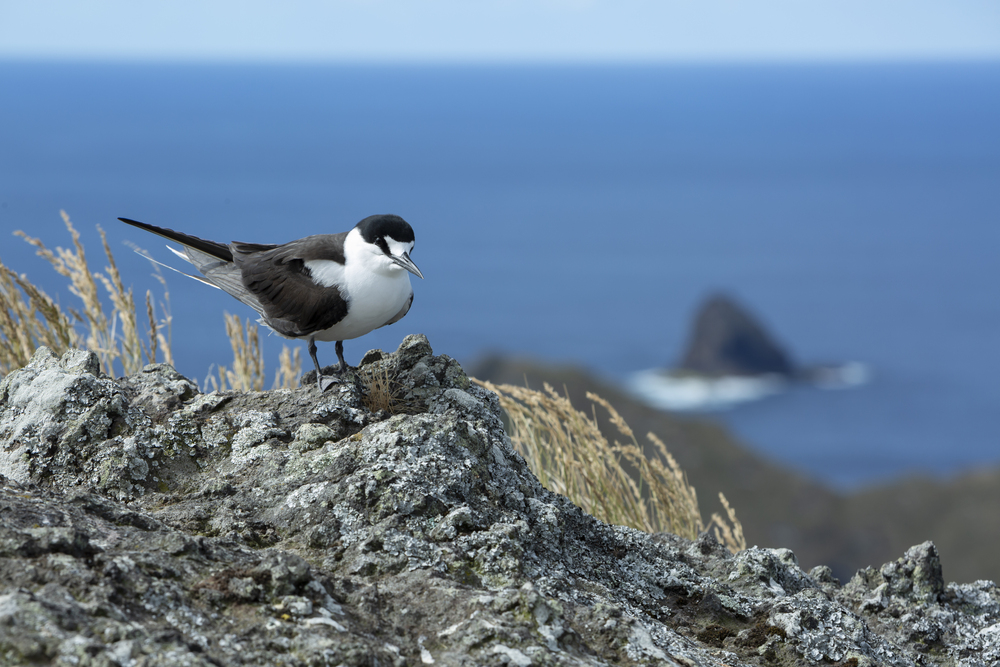
This isolated island is home to the Lord Howe Island stick insect, once thought
extinct but rediscovered on a nearby sea stack. The island’s waters harbor unique
species of fish found nowhere else, including the distinctive double-header wrasse.
Local naturalists can show you the endemic woodhen, brought back from the edge of
extinction through careful conservation.
Cyprus
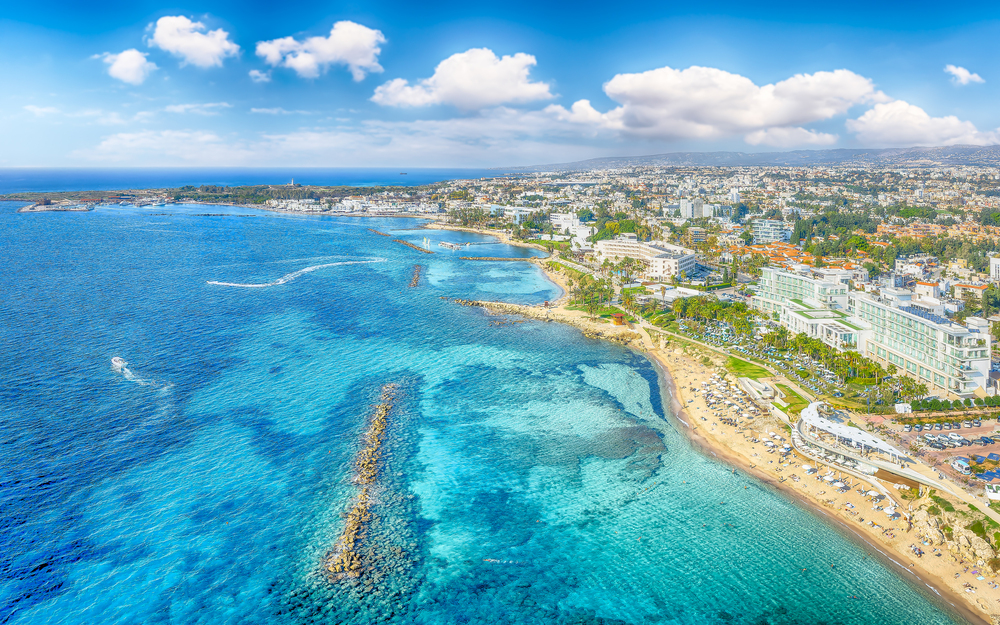
The island hosts its own species of mouflon, a wild sheep that has evolved to be
smaller than its mainland relatives. Cyprus’s forests harbor unique species of snake,
including the Cyprus whip snake, found nowhere else in the world.
Local guides can help you spot the Cyprus warbler, an endemic bird that nests in the island’s ancient cedar forests.
Like Travel Pug’s content? Follow us on MSN.
Stewart Island, New Zealand
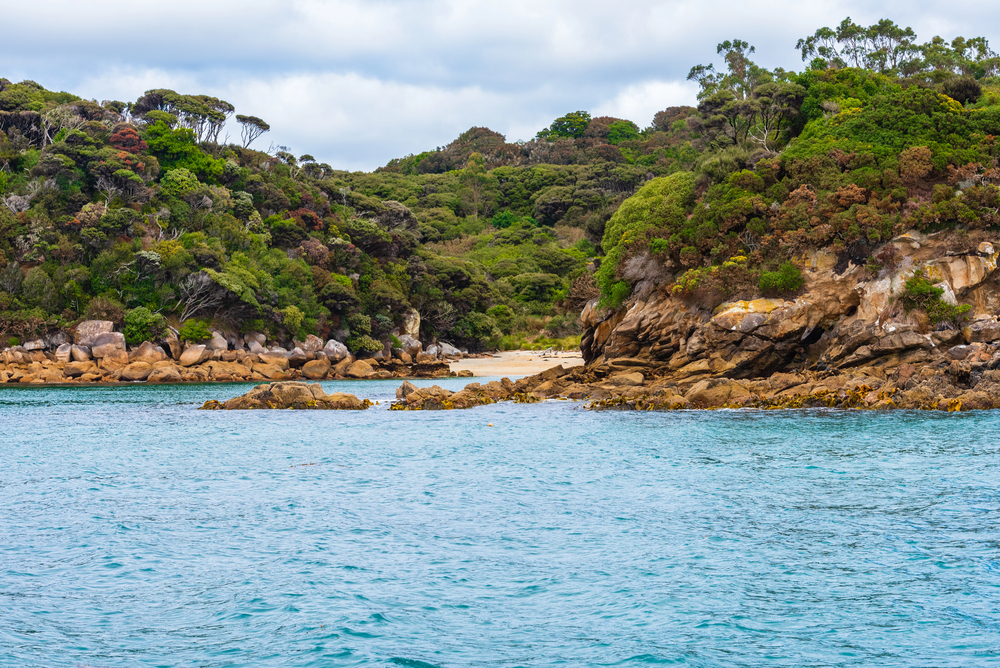
This southern island offers the best chance to see kiwis in the wild, with the Southern
brown kiwi often spotted foraging on beaches at night. The island hosts unique
species of bat, including the lesser short-tailed bat, which spends more time on the
forest floor than any other bat species.
Local experts can guide you to see the Stewart Island robin, a fearless bird that often approaches humans closely.
Luzon, Philippines
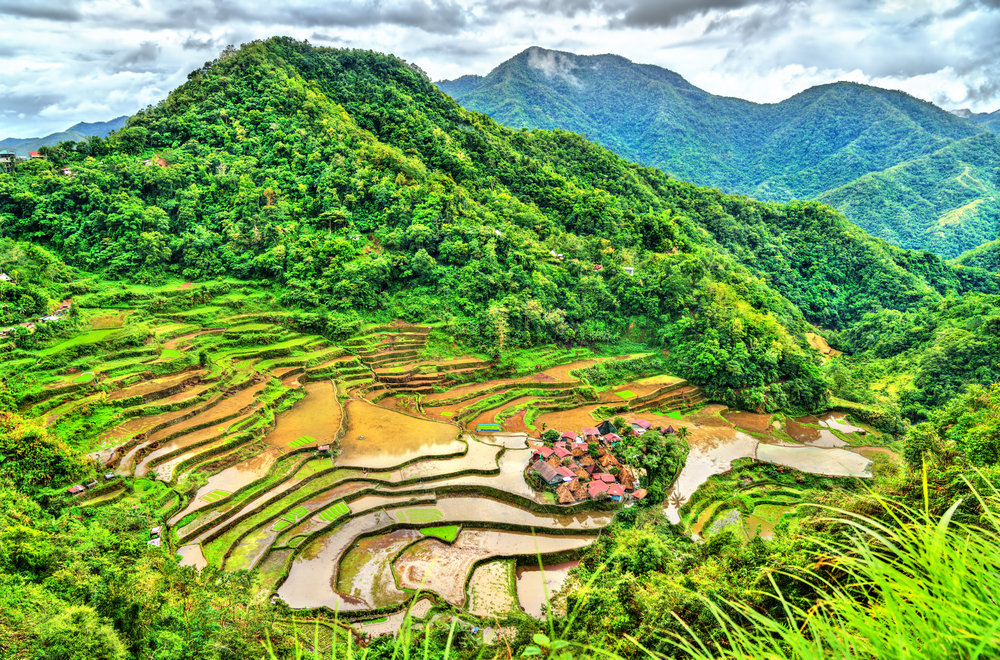
The island hosts the Philippine eagle, one of the world’s largest and most powerful
birds of prey. Luzon’s forests harbor the distinctive cloud rat, a large, furry rodent that
looks more like a teddy bear than a rat.
Local guides can help you spot the endemic Luzon bleeding heart, a pigeon with a spectacular red patch on its breast that appears to be bleeding.
Ilha da Queimada Grande, Brazil
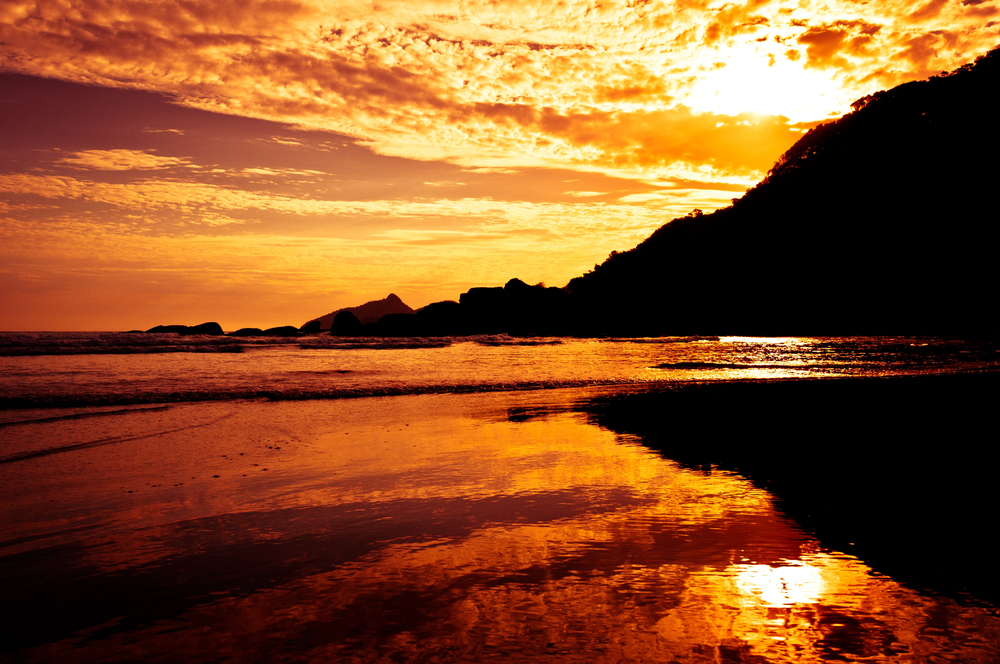
Known as ‘Snake Island,’ this forbidden island hosts thousands of golden lancehead
vipers found nowhere else on Earth. The snakes have evolved particularly potent
venom to help them catch their prey of migrating birds.
Only scientists with special permits can visit this island, where they study these unique predators in their isolated kingdom.
Like Travel Pug’s content? Follow us on MSN.
Galapagos Islands, Ecuador
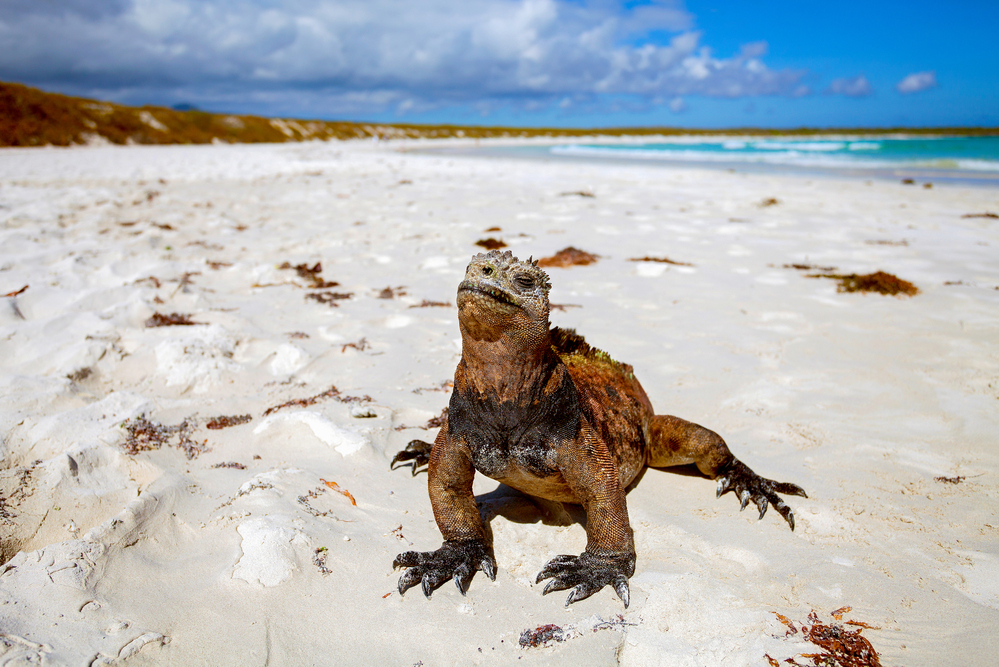
Each island in this archipelago hosts its unique species, from giant tortoises with
differently shaped shells to marine iguanas that can dive for seaweed. The islands’
finches, made famous by Charles Darwin, demonstrate how isolation leads to the
evolution of new species.
Local naturalist guides can help you understand how each island’s unique conditions have shaped its wildlife.
Aldabra Atoll, Seychelles
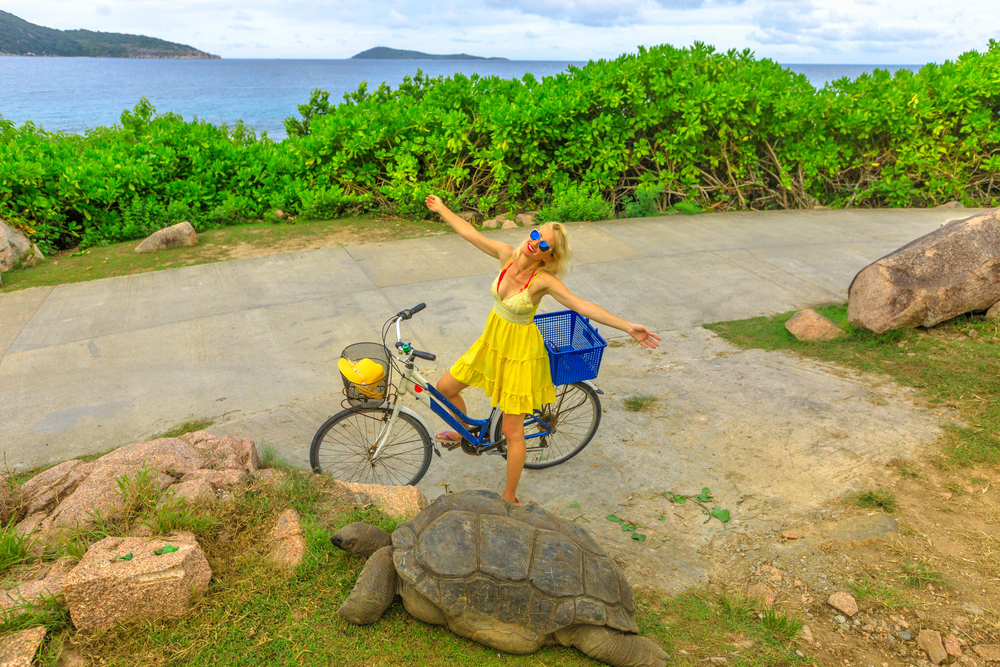
This remote coral atoll hosts the world’s largest population of giant tortoises in the
wild, with over 100,000 individuals roaming the islands. The atoll’s isolation has led
to the evolution of unique species like the white-throated rail, the only flightless bird
in the Indian Ocean.
Local conservation efforts protect distinctive creatures like the endemic Aldabra flying fox, which plays a crucial role in pollinating the atoll’s native plants.
Islands of Unique Wildlife Wonders
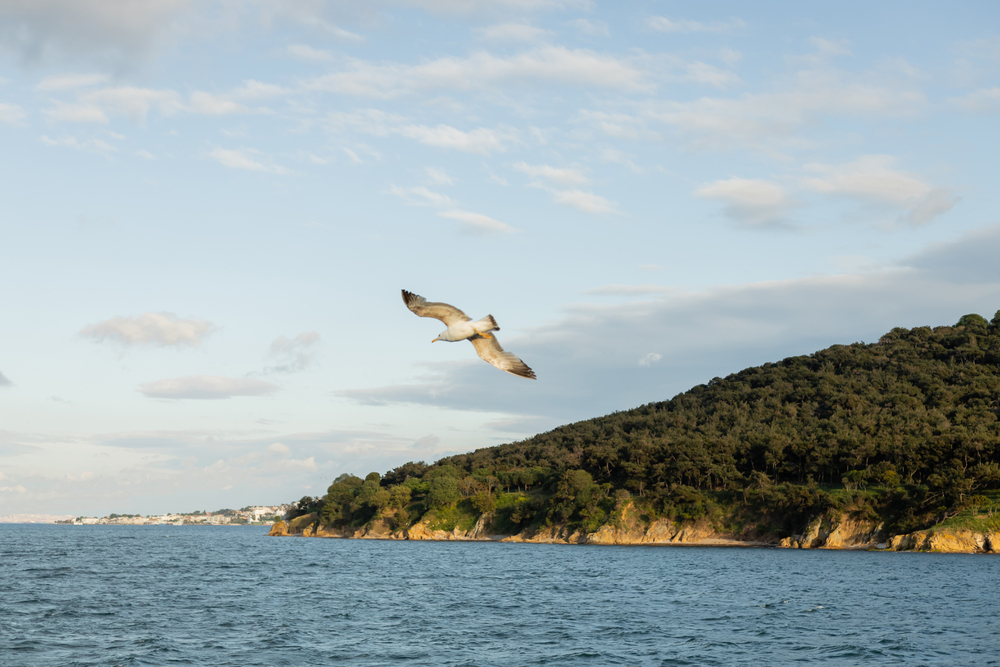
These 16 islands represent just a fraction of the world’s isolated ecosystems, where
evolution has created remarkable and unique creatures. Each island serves as a
living laboratory, demonstrating nature’s incredible ability to adapt and diversify in
isolation.
Whether you’re a serious wildlife enthusiast or simply curious about nature’s oddities,
these islands offer unforgettable encounters with creatures you truly won’t find
anywhere else on Earth.
Like Travel Pug’s content? Follow us on MSN.
More from Travel Pug

- 15 Dangerous European Cities to Avoid
- 15 Caribbean Islands Where Tourists Keep Getting Scammed
- The 20 Most Fascinating Abandoned Places: A Journey Through Time and Forgotten Spaces
- 15 Hidden Places in the Smithsonian Museums Locals Love: A Guide to Lesser-Known Treasures
- 16 Hidden Florida Beach Towns That Aren’t Overrun with Tourists
Like Travel Pug’s content? Follow us on MSN.
